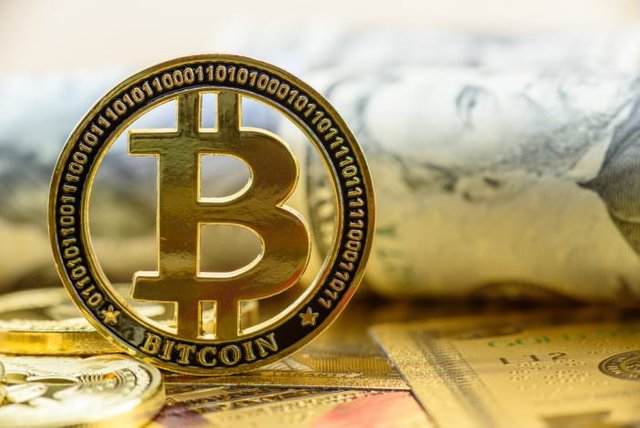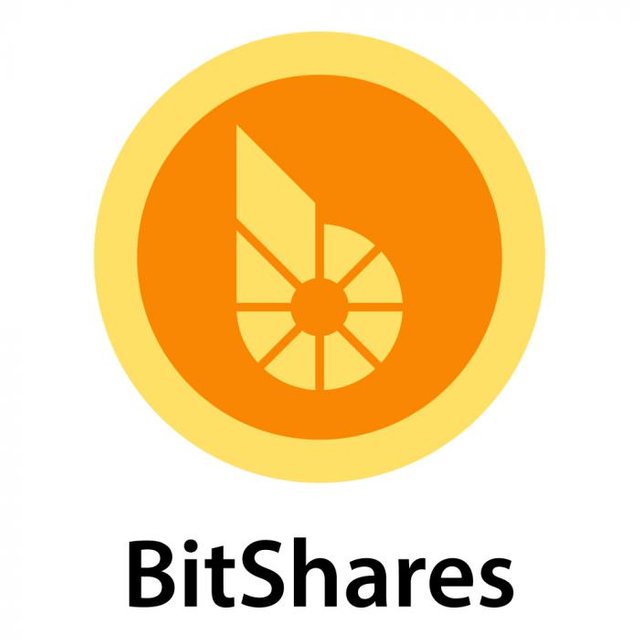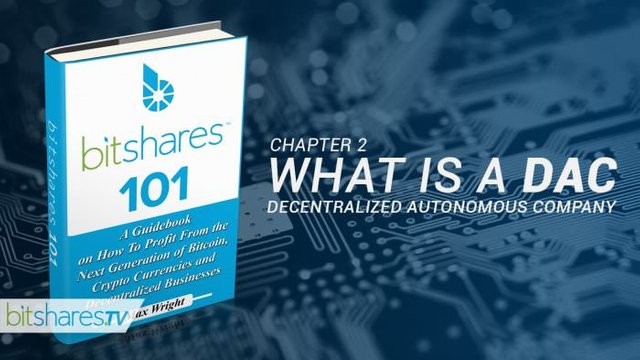Bitshares vs Bitcoin: vive la différence

Bitcoin will mark its 10th anniversary in 2019
As it approaches its 10th anniversary in 2019, there is no shortage of assessments of bitcoin’s achievement as the pioneer cryptocurrency and the underlying blockchain technology that supports it.
Bitcoin (BTC) has been the catalyst for digital peer-to-peer (P2P) electronic online payments; although the rival ethereum (ETH) open software platform is hailed as opening up the wider potential of blockchain beyond bitcoin.
“Together, bitcoin and ethereum have so far proven that blockchain technology, decentralised systems, and global collaborative communities can work,” says Anthony Back, head of content and research at Intrepid Ventures. “They have also revolutionised usability among an elite developer community. This is no small achievement.”
However, Back and others conclude that these achievements are no longer enough. Although they have triggered many changes, bitcoin and ethereum haven’t been able to develop cryptocurrency, blockchain technology or decentralised applications to the point where they are “easy and accessible to entrepreneurs, innovators and corporations around the world.”
Bitcoin’s limitations

Bitcoin is limited in the number of transactions at any one time: Shutterstock
So bitcoin has changed the world by innovating a decentralised system where financial actions requiring a high level of trust can be executed without trusting anybody. At the same time, that freedom imposes hard limits on the number of transactions that can be processed within a specified time period.
One analyst summarises the shortcomings as follows: Conventional blockchains like bitcoin are now constrained in transactional throughput because of the nature of their protocol and blockchain design. Currently, the primary design structure of most existing systems is a linear linked-list style blockchain.
“As adoption increases and more miners are attracted to the system, all mining capability is dedicated to mining the one next block in the linear blockchain. Therefore, the increased mining capability doesn’t facilitate scalability at all.”
The result – as another analyst recently concluded: “Bitcoin has done the difficult work of trail-blazing, and now the floodgates are open for a slew of modern competitors.
“[It] was designed as a digital currency. The technology allows only basic programming. This prevents bitcoin from being used in more complicated situations like for smart automatically executing contracts. Think of it like a calculator compared to a computer. Programmable blockchains – ethereum being the most widely known example – have the potential to massively disrupt a wide array of sectors.”

BitShares (formerly ProtoShares) launched in 2014
More recently, the emergence of BitShares (formerly known as ProtoShares) has added a third contender to challenge for the title of the leading blockchain technology. Created in 2014 by ‘crypto prodigy’ Dan Larimer, BitShares (BTS) is described by Aaron Mangal of coincentral.com as “an industrial grade ‘crypto-equity’ P2P distributed ledger based on a delegated proof of stake (DPoS) algorithm.
BitShares acknowledges the achievements of its longer-established rival. “Bitcoin has since gained legitimacy among millions of people around the world, and even some governments,” notes the website. “It is now accepted, managed, and sustained by a vast international community as a platform to exchange value.
However, BTS believes it can do better and differs from BTC in many ways. Rather than aiming to be another P2P currency, it was set up as a fully-fledged exchange system. BTS competes with banks by issuing collateralising market-pegged and stable BitAssets, smart coins or value tokens such as BitUSD and BitGold tied to real-life assets.
Sumo, dancer, tennis ace
How else does BTS differ from BTC and ETH? Larimer’s father Stan, who as the self-styled ‘Godfather of BitShares’ is obviously not dispassionate in his views, recently characterised BTC as a sumo wrestler, ETH as a more agile and adaptable dancer and BTS as a tennis player.

Is bitcoin’s tech a Sumo wrestler facing more adept rivals?: Shutterstock
To justify the comparisons, Larimer notes that with the highest price and biggest market capitalisation, BTC is the gold standard for storing value but is far less effective as a medium of exchange. It suffers from congestion, leading to higher rates and fees as well as longer transaction times.
ETH has proved to be more lightweight than BTC and its programmability enables it to conduct various different applications. Many businesses that tout advanced methodologies actually use an ethereum protocol, suggests Larimer.
However, the frenzy surrounding last November’s launch of CryptoKitties as the world’s first ETH game brought all other transactions to a standstill and Eos has recently been touted as “the ethereum killer”.
By comparison, Larimer claims that speed, strength and reliable performance make BTS the equivalent of a top-class tennis player. While ETH is restricted to no more than 25 transactions per second, BTS can handle thousands. This has already persuaded many businesses to adopt BitShares with their services – one recent example being the Billion Hero Campaign, a “unique platform designed for fundraisers, charities and foundations with a noble cause.”
Graphene and a five-point guide
BitShares promotes itself as offering a platform “to include numerous innovative features, which are not found elsewhere within the smart conduct industry” and these are described in some detail on its website.

BTS is based on Graphene: Shutterstock
Perhaps the most important feature is that BTS is based on Graphene, an open source, mostly C++blockchain implementation. C++ combines data and functions into a single package called “objects”, enabling an object to be called easily once created and reused in other programs to cut down coding time.
In addition to being open source, Graphene was developed in a modular fashion, making it adaptable to various uses – these include providing the blockchain foundation for news aggregation site steemit.com and gaming site PeerPlays.com.
BTS’s websites states that it adopted several lessons learned from the success of LMAX Exchange, the London-based multilateral trading facility for foreign exchange (forex) trading set up in 2010, which can handle as many as six million transactions per second. These include:
- Keep everything in memory.
- Keep the core business logic in a single thread.
- Keep cryptographic operations (hashes and signatures) out of the core business logic.
- Divide validation into state-dependent and state-independent checks.
- Use an object oriented data model.
BTS can already process up to 100,000 transactions per second and believes it can improve further on this performance.
PoW, PoS and DPoS

BTS management is controlled by a DAC: youtube
BTS management is controlled by a decentralised autonomous company (DAC), operating independently of but in tandem with the original open source code base. DAC enables BitShares holders to contribute and also to decide on BTS’s future direction.
While BTC employs Proof of Work (PoW), BTS uses a Delegated Proof of Stake (DPoS) consensus mechanism. PoW, the original consensus algorithm in a blockchain network, is a piece of data that confirms transactions and produces new blocks to the chain. PoW miners compete against each other to complete transactions on the network and be rewarded. A PoW is costly and time-consuming to produce, but easy for others to verify.
DPoS aims to improve both on bitcoin’s PoW and also the Proof of Stake (PoS) system used by P2P cryptocurrency Peercoin open source crypto NXT. DPoS “implements a layer of technological democracy to offset the negative effects of centralisation” and stakeholders are invited to vote on issues such as “network parameters, fee schedules, block intervals and transaction sizes”.
As BTS explains, DPoS mitigates the potential negative impacts of centralisation by using witnesses or delegates. A set number of witnesses sign the blocks and are voted on by network users with each transaction. “By using a decentralised voting process, DPOS is by design more democratic than comparable systems.”
The Lightning Network
Aware of the competition breathing down its neck, bitcoin has promised a tech update. However, the so-called Segwit2x upgrade scheduled last November – to increase the number of transactions that could be recorded on each block – was cancelled due to lack of support. Shortly after that, the-then rising cryptocurrency market briefly sent BTC’s per transaction cost as high as $50.

Can The Lightning Network ride to bitcoin’s rescue?: Shutterstock
Instead, it is pushing ahead with an initiative known as the Lightning Network. First proposed in a 2015 white paper by the BTC-obsessed engineers Thaddeus Dryja and Joseph Poon, the project would enable BTC to compete with nimbler competitors that have emerged in recent years, such as bitcoin cash (BCH), dashcoin (DASH), litecoin (LTC) and Ripple XRP.
The Lightning Network aims to make transactions cheaper, quicker and easier by creating a layer on top of the bitcoin blockchain, where transactions can pass back and forth before they are added to the underlying blockchain.
A Lightning payment involves two parties depositing the funds at one bitcoin address, a so-called ‘channel’ that enables exchange funds a limitless number of times. While this maintains BTC’s security, small regular payments don’t need to be added to the underlying blockchain until the channel is closed.
While the jury is out on whether Lightning puts BTC back among the most efficient cryptos – more testing is needed before it is seen to address bitcoin’s weaknesses – for now it appears the best hope as the 10th anniversary nears.
Text by Graham Buck
Follow OpenLedger!